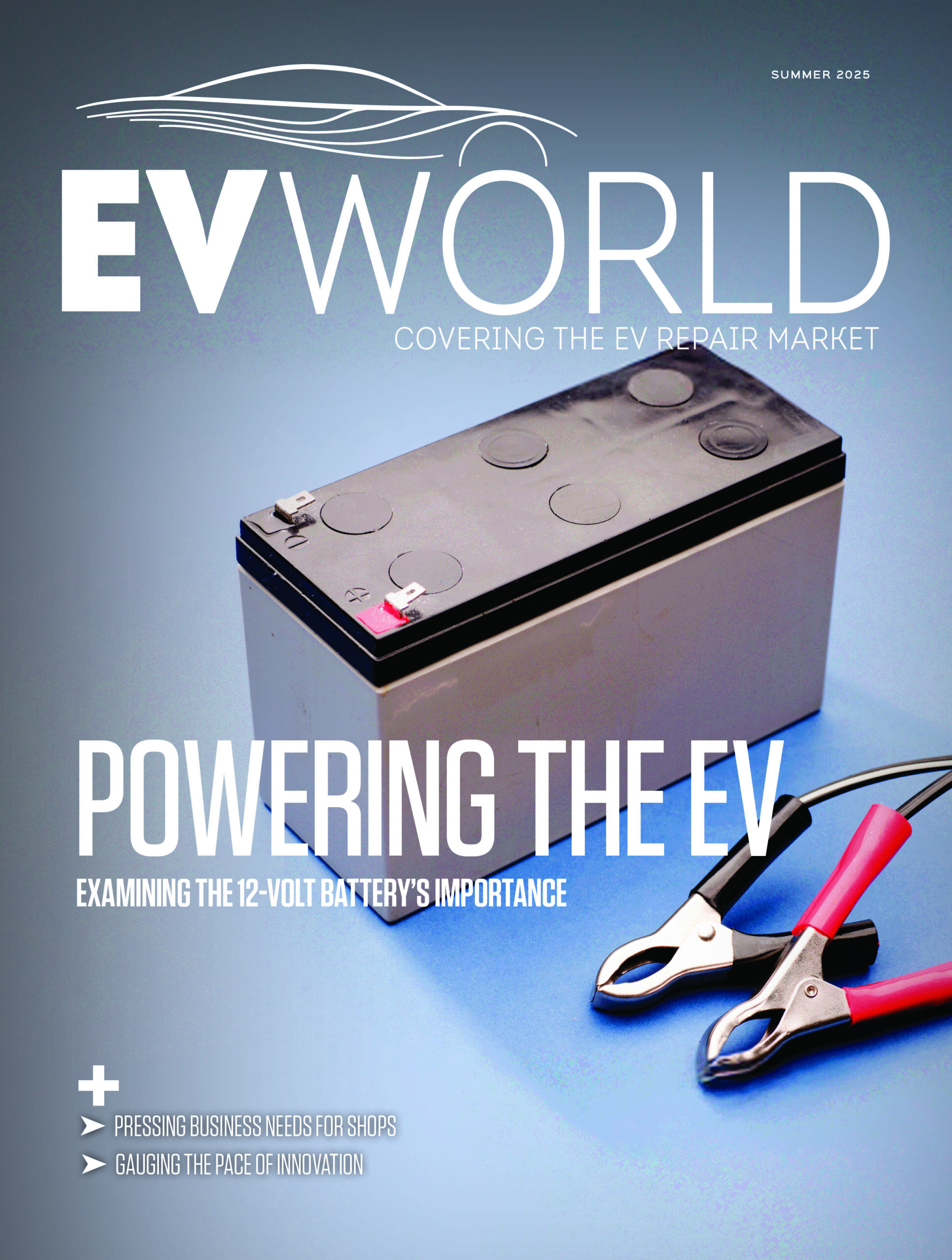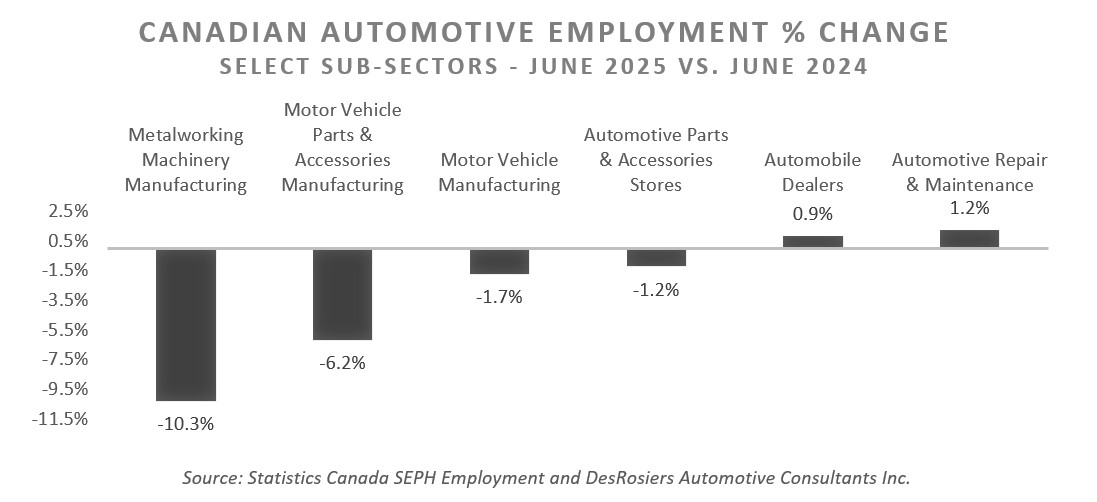
While only representing a small segment of the do-it-for-me market, mobile automotive repair is seeing growth “at an explosive rate,” according to a recent report.
“As the DIFM light vehicle market plunged during 2020 and rebounded in 2021, mobile repair grew many times faster than the overall DIFM market, unhindered by the onslaught of COVID-19,” said the report, Mobile Repair Growth, part of an Aftermarket iReport from Lang Marketing.
Mobile tire service has been a contentious issue for the automotive aftermarket. In the January/February issue of CARS, semi-retired shop owner Bruce Eccles wrote against the idea of mobile tire service, highlighting its failure to be a successful business and highlighting key risks.
In the May/June issue of CARS, Nason Higinbotham, general manager of B.C. and Yukon stores at Fountain Tire, which launched a mobile tire service program last year, wrote that the service is an evolution of the industry and one that is needed to meet consumer demands.
Lang looked at the service and its performance in the U.S. It noted mobile tire service “is racking up impressive annual growth.”
The report reported that product sales of mobile repair more than doubled between 2016 and 2021. Its annual growth rate is 15 times that of the total light vehicle DIFM market. The number of technicians who have joined mobile repair doubled in those five years as well.
“Mobile repair is attractive to many mechanics because of its flexibility and rapid expansion,” the report said. “At a time when service bays nationwide are declining, mobile repair offers mechanics an opportunity to supplement their incomes on a part-time basis or migrate to a full-time job in mobile repair.”
COVID-19 seemed to give mobile repair a boost. With people less willing to leave their homes or venture into a repair shop, sales increased in 2020 and 2021 — last year’s sales were 50 per cent higher than in 2019.
And it’s younger people who are more drawn to the service. “Mobile repair has significant appeal to several key buying preferences of Gens Y and Z: Aa greater inclination to purchase online rather than in face-to-face transactions, and little interest in a personal relationship with a repair outlet,” Lang reported.
Technology is playing a key role in removing barriers that have long protected auto repair shops and disrupting the status quo. The need for hands-on mechanical diagnosis, getting needed parts at the repair outlet on time and the personal relationship between car owners and repair outlets have improved or been removed for the most part.
Big data and artificial intelligence make it easier to diagnose vehicle issues remotely, the report said. “Advancing technology has made it easier to get needed parts to repair outlets on time, and the changing values of younger generations have reduced the significance of personal relationships between car owners and repair outlets.”













Leave a Reply